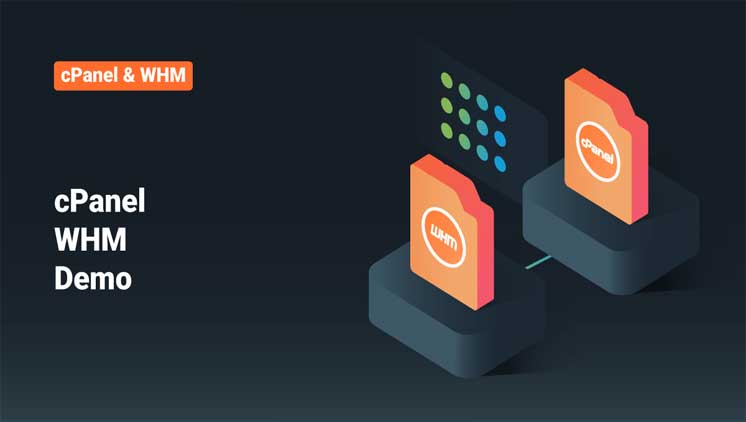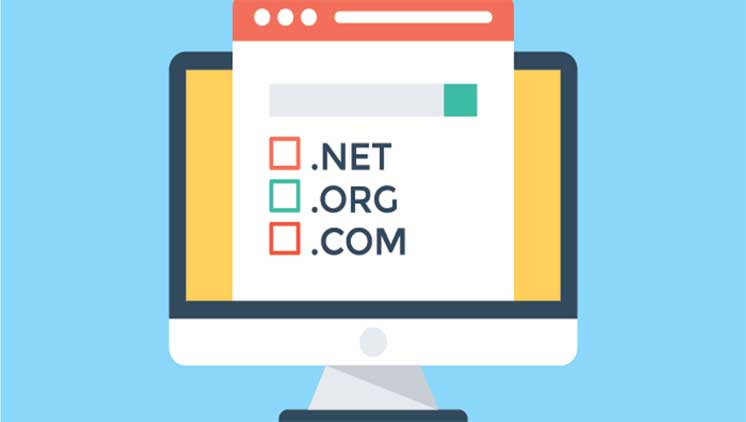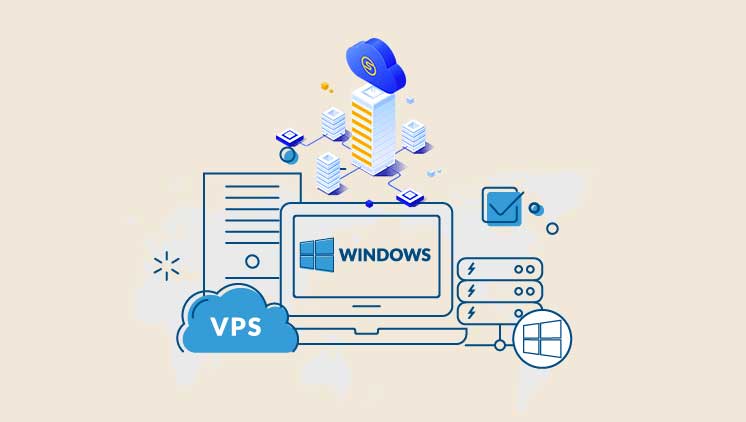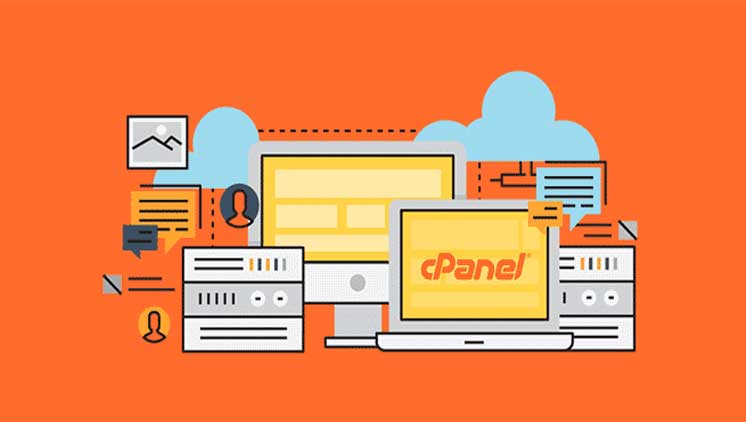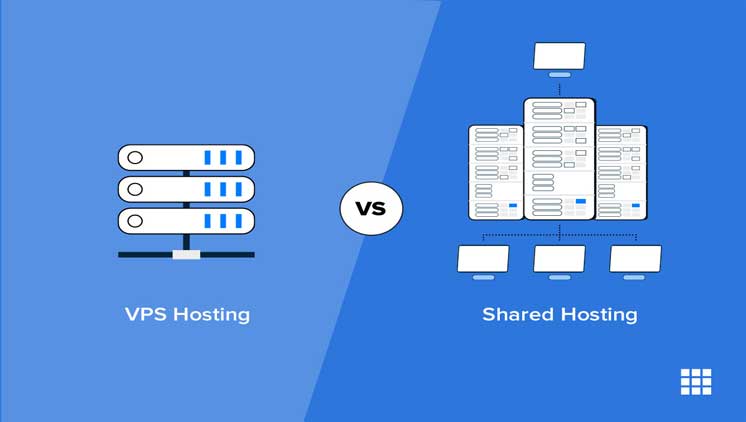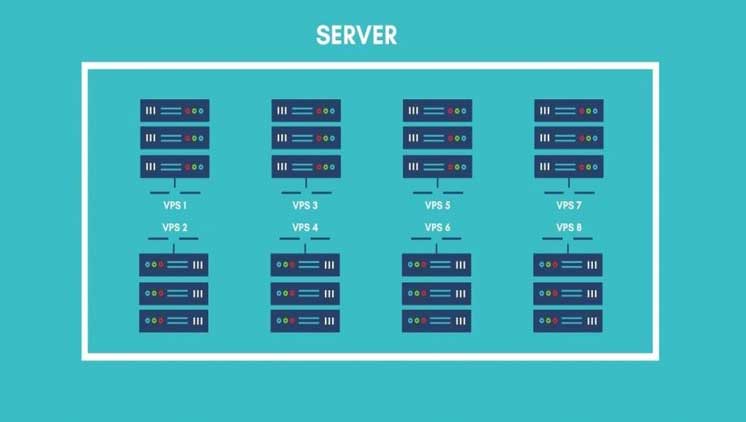Businesses use enterprise resource planning (ERP) software for a variety of reasons.
Some may assist in consolidating the management of critical business processes into a single source, whereas others may require a more detailed view of the performance of their supply chain operations.
However, the majority of businesses considering different ERP systems fall into one of three broad categories:
- Medium-sized businesses that outgrew their small business tools and systems
- Larger businesses that have expanded through acquisition and need to consolidate disparate systems
- Any company with a complex IT system landscape that needs to transition to a single source of truth.
In any case, a company evaluating ERP vendors will come across the “big three” ERP players: SAP, Oracle, and Microsoft. Each vendor’s offerings have their own set of advantages, disadvantages, and target markets.
Which of the ERP offerings from Microsoft, SAP, and Oracle is superior? It is determined by a number of factors, including:
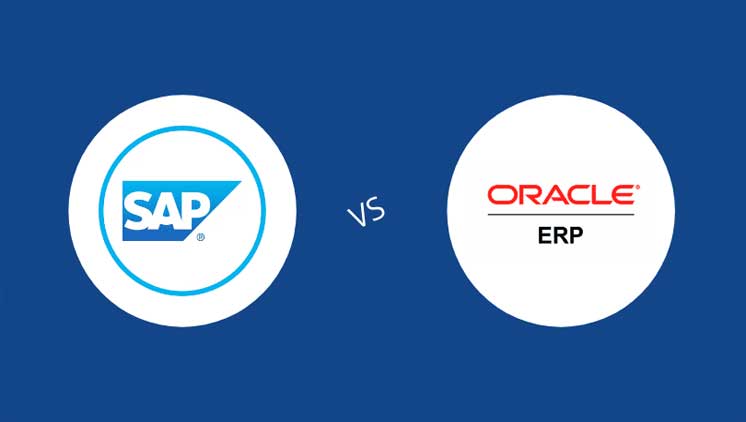
- Your heirloom
- Your line of work
- What an ERP system should provide
- Your plans for the future roadmap
- Your current requirements, as well as
- The amount of money and time you are willing to invest
This article compares Microsoft ERP Implementation vs. Oracle ERP Implementation vs. SAP, their benefits and drawbacks, the businesses they serve, and their relative costs.
Microsoft Dynamics vs. SAP vs. Oracle ERP
Dynamics by Microsoft
The Microsoft Dynamics brand is an umbrella brand for various ERP systems rather than a single ERP system. For many years, Microsoft developed and marketed these ERP systems separately.
Microsoft recently rebranded its Dynamics ERP suite to Microsoft Dynamics 365, and each system in the suite has a specific focus:
- Microsoft Dynamics 365 Finance and Microsoft Dynamics 365 Supply Chain Management (formerly Dynamics AX): These two applications specialize in financial management and end-to-end supply chain operations. They can be used separately or as part of a larger system.
- Microsoft Dynamics 365 Business Central (formerly Dynamics NAV): This is a basic ERP for small and medium-sized businesses (SMBs), with finance, operations, sales, and marketing modules.
- Microsoft Dynamics GP: This ERP is more comprehensive than Microsoft Dynamics 365 Business Central and includes inventory management, human resources, business intelligence, and reporting modules.
All of the Microsoft Dynamics ERP options are available as on-premise implementations, cloud solutions, or hybrid deployments, with the exact mix depending on the needs of the customer.
Pros: Microsoft Dynamics ERP systems have consistent intuitive point-and-click user interfaces as part of their application suite. Users of other Microsoft products should be familiar with them. Although users may need some training to use these applications on a daily basis, they are not required to learn new user interface conventions or terminology.
Cons: For businesses with complex or extended business processes, Microsoft Dynamics ERP products may not be complete solutions without extensive customizations or complex integrations with existing systems. Those considering Microsoft Dynamics must include these costs in their deployment budget.
SAP
SAP was one of the first ERP systems, having been introduced in the early 1970s. As a result, its developers have had plenty of time to perfect the advanced ERP functionalities required by large businesses.
SAP customers include a number of large, multinational corporations. These companies can use SAP’s built-in capability to manage multiple sites, factories, warehouses, and distribution centers in multiple languages and national currencies.
SAP also supports on-premise, cloud-based, and hybrid implementations, similar to Microsoft Dynamics.
Costs: Microsoft Dynamics ERP products are less expensive to license than SAP or Oracle, but they can take longer to implement. Longer implementation cycles raise startup costs, and as previously mentioned, customizations and integrations can increase this cost even further.
Bottom line: Microsoft Dynamics ERP solutions are a good choice for SMBs with simple business processes who require a system with capabilities that go beyond their current tools.
Pros: SAP has a large number of modules and can easily support both simple and complex business processes, such as:
- Accounting
- The supply chain
- Manufacturing
- Management of sales orders
- Warehouse administration
- Fulfillment
- Production planning Quality control
These are just a few examples of SAP business capabilities. Clients can implement as many as they require in a single integrated solution.
Cons: SAP is difficult to use because it relies on “transaction codes” to access different software functions. Despite improvements with the latest version, S4, SAP is still a highly complex software that requires extensive training for users to become proficient.
Costs: SAP licensing is more expensive than other ERP solutions, and the software must be thoroughly tested before deployment. Because the software includes a comprehensive set of functions, many implementations will not require as much customization. The configuration, on the other hand, can be time-consuming and complex.
Cloud ERP from Oracle
Oracle Corporation, founded in 1977, has been in business almost as long as SAP. It began as a developer of relational database management software and eventually used its technology as the foundation for later ERP solutions.
Oracle ERP is a component of Oracle’s E-Business Suite, which includes numerous applications for a wide range of business processes. Oracle EBS provides on-premise solutions, whereas Oracle Cloud ERP offers a variety of cloud applications.
Many larger organizations’ ERP vendor selection boils down to Oracle ERP vs. SAP. Oracle and SAP jointly control the vast majority of the large-enterprise ERP market. However, Oracle ERP isn’t just for large corporations. Many smaller businesses in niche markets have also implemented Oracle ERP.
Pros: Oracle ERP is well-liked in niche markets due to its flexibility and wide range of narrow-focus components. Because of this flexibility, most customers can implement only the functionalities they require, avoiding the deployment of sprawling modules that go unused. This option gives Oracle a clear advantage over SAP and Microsoft Dynamics.
Cons: The catalog of components has the disadvantage of being overwhelming. It can be difficult to determine which ones a specific business requires. However, a good implementation partner with extensive knowledge of Oracle ERP products can guide you to the appropriate product mix.
Costs: Depending on the number of components and the complexity of your business environment, Oracle ERP can be costly to implement. A well-designed and well-implemented Oracle ERP solution, on the other hand, will provide rock-solid functionality and performance.
Conclusion
As we can conclude that. Microsoft Dynamics ERP solutions are a good fit for SMBs with simple business processes and a need for a system with capabilities that go beyond their current tools.
Meanwhile, SAP is an excellent choice for large enterprises or medium-sized businesses with complex business processes, lofty goals, or both.
And the last, most Oracle ERP customers are pleased with the systems they received and intend to continue using and expanding their Oracle ERP systems. Oracle ERP is an excellent choice for medium- to large-sized businesses that require a high level of flexibility and functionality to support their specific business processes.
